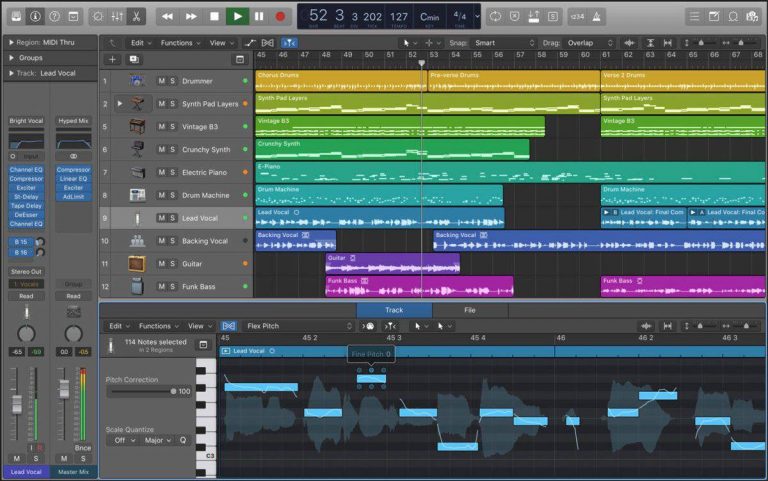
Now open Logic Pro X and go to Preferences > Plug-In Manager>. So, for example, your path might look like this: Users//VSTPlugins/.Ĩ. component file to the /Components/ folder.Īlternatively, you can also create new folders inside of your home directory called VSTPlugins (if you're installing a VST plugin) or Audio Units (if you're installing an Audio Unit plugin). Macintosh HD/Library/Audio/Plug-Ins/Components/Īdd the.Macintosh HD/Library/Audio/Plug-Ins/VST/.

Move the plugin files respectively into the following directories: You should see a ist alongside the actual plugin file. These are usually in a folder called "Contents", or a "Resources" folder inside of this. A new Finder window will open showing the contents of the plugin file. Right click on the file and select "Show Package Contents."Ĥ. Locate your Downloads folder and find the plugin file you just downloaded. The version number will be listed under "Version." If it says "32-bit" next to the version number, then you need to download the 32-bit plugin file if it says "64-bit," then you need to download the 64-bit plugin file.ģ. You can check this by opening Logic Pro X and going to About This Mac > System Report > Applications > Logic Pro X. Make sure to download the right file type for your version of Logic Pro X (32-bit or 64-bit). The following steps walk you through the process so that you can start using those plugins as soon as possible.Ģ. While the process may seem daunting at first, it's actually quite simple. Installing third party plugins in Logic Pro XĪs a beginner music producer, you're probably wondering how to get started with using third-party plugins in Logic Pro X. In this blog post, we will show you how to install third-party plugins in Logic Pro X. That being said, there are still many times when you might need or want to use a third-party plugin. One of the reasons Logic Pro X is such a popular DAW (Digital Audio Workstation) is because it comes with a plethora of features and plugins.


 0 kommentar(er)
0 kommentar(er)
